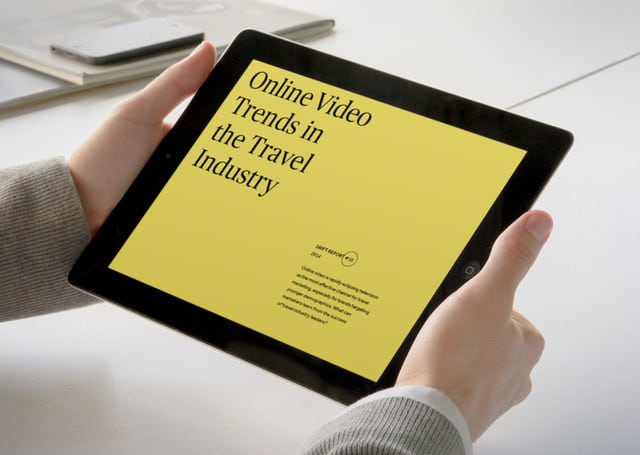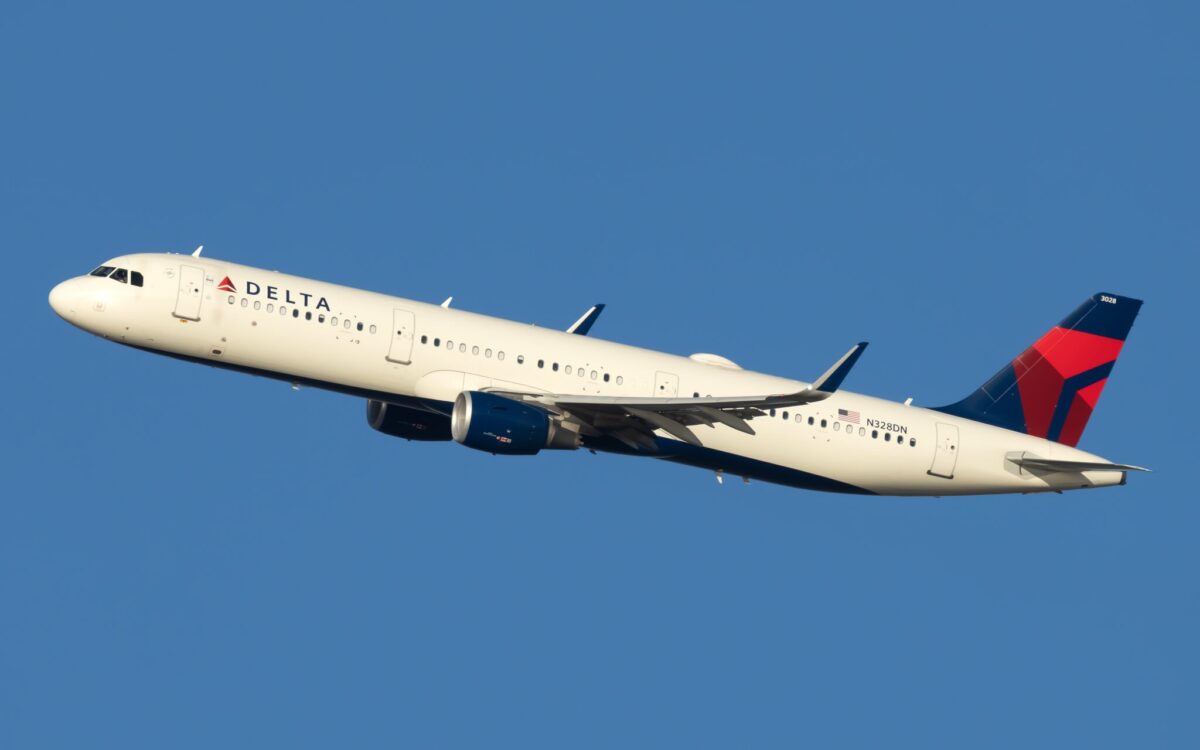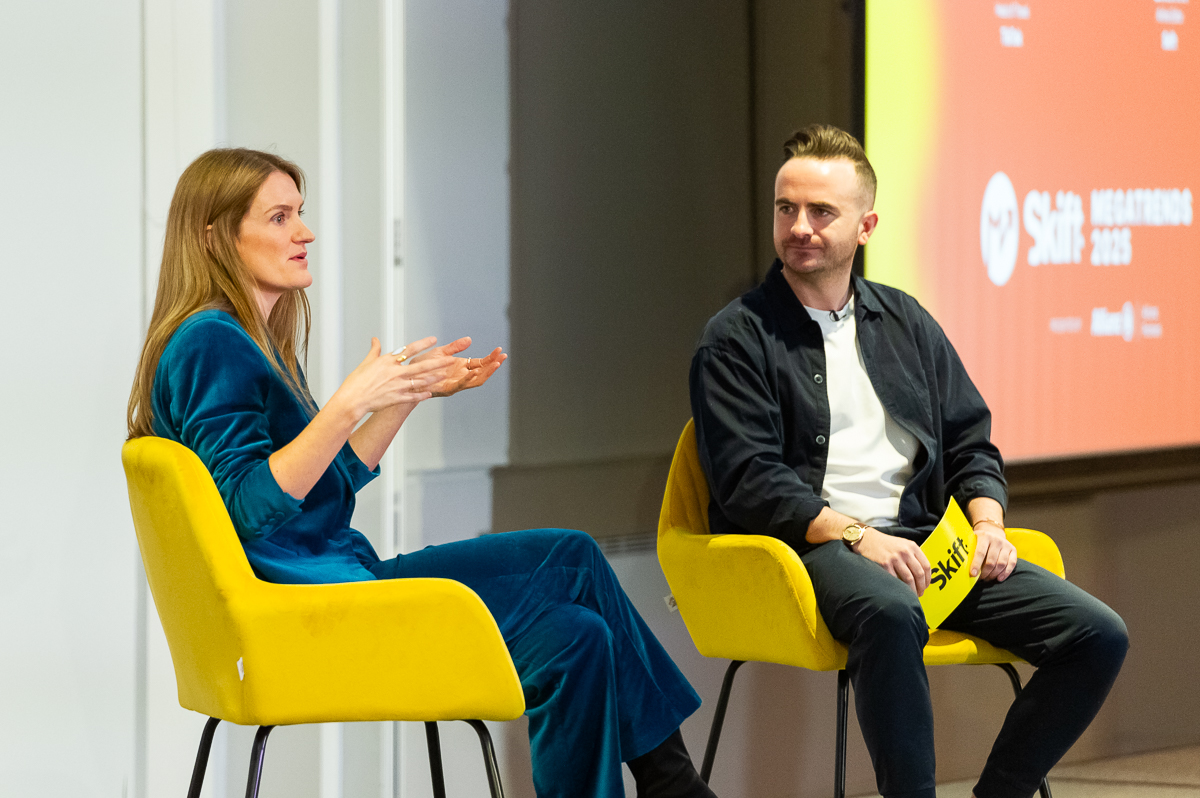Skift Q&A: Google Insider Shares YouTube Tips for Travel Brands

Skift Take
Earlier this week we released our latest Skift Trends Report, “Online Video Strategies in the Travel Industry” which takes an inside look at how travel brands — especially airlines — are using online video to reach new customers and deepen relationships with existing ones.
It is the most definitive state-of-the-market report on this big-growth sector in travel.
In preparing the report, Skift spoke with Stephanie Davis, Industry Director of Travel at Google about how airlines are performing on YouTube. Parts of the interview are extracted below.
For the full interview buy the report.
Skift: How do marketers use online video as a part of their marketing mix? What makes it important for marketers? What does YouTube do to help?
Stephanie Davis: Video can be a very powerful brand-building tool and is increasingly becoming an important part of the travel marketing mix. Our research has shown that travelers are engaging with all types of travel videos through the travel consideration and purchase cycle: professional and amateur reviews, videos made by travel providers, commercials/ads from travel brands, videos from friends and family.
It’s important for travel marketers to understand and have a online video strategy, and to leverage the power of video to influence and connect with consumers. YouTube, which reaches more 18-34 year olds than any cable network, gives brands the best platform and enables them to build stories that people choose to watch. There are over 100 hours of video uploaded to YouTube every minute, so not only is a great place to share out a brand story, but it’s a place to invite mass participation as well.
Skift: Is video more or less important to airline marketing as opposed to other companies?
Davis: The great thing about video is that it allows airlines to feature their products in an engaging way. Many advertisers use video to connect consumers with their brand, but airlines can take advantage of video to show off their first class cabins and in-flight entertainment systems, which helps their brand stand out from the rest. In the airline industry where products can be commoditized, video helps airlines differentiate.
For these reasons, I would argue it’s even more important for airlines to use video than other companies, although it should definitely be a priority across the board.
Skift: Are their particular challenges or advantages for airlines?
Davis: We’re seeing more airlines create content specifically for YouTube, rather than just repurposing existing TV spots or content. A great example of this is the trend in creating funny and engaging safety videos. Airlines like Virgin America and Air New Zealand have been able to reinvent something that’s traditionally seen as “boring” into something that people actually want to watch.
In addition, ancillary revenue is a key profit driver for airlines. We’re seeing airlines use YouTube as a way to showcase key differentiators about their brands in a rich way – such as first class cabins, the food/wine offered in flight, the in-flight entertainment.
Skift: How does online video storytelling compare to ads on television or pre-roll ads?
Davis: All brands have a story to tell, digital can be a rich canvas for them to do that. YouTube allows marketers to find their most valuable audience–those most likely to respond to what you have to say–by tapping into the passion of a global community, including many of the most valuable, hardest to reach segments.
YouTube also lets brands express themselves in the most compelling way. It does this by giving greater creative freedom and control. Advertisers are not constrained to 30 seconds to tell their story. And those stories remain on the platform for months, not seconds.
If TV is sight, sound and motion, YouTube is sight, sound, motion and participation. Advertisers can amplify their brand’s message through advocates and influencers, and can build a direct relationship with fans through things like contests, subscriptions and playlists. And they can understanding how their audience really responds, through the insights offered from that participation and reported in YouTube analytics.






